Depending on where in the world you live, you might have witnessed a recent solar eclipse. There are three types of solar eclipses: total solar eclipses, partial solar eclipses, and annular solar eclipses.
Let us slide into your dms 🥰
Get notified of top trending articles like this one every week! (we won't spam you)What is a solar eclipse?
Solar eclipses are a type of phenomenon that occurs when the moon comes in line between the sun and the Earth, blocking out the sun or a part of it. They're different from lunar eclipses - lunar eclipses take place when the sun casts the shadow of Earth onto the moon. Because of the distance the sun has from the Earth, the moon appears to be “covering” the sun.
Of course, we know that the sun is a lot bigger in size compared to the moon - but from our place on Earth, the moon is nearer than the sun is, making it seem as though the moon is covering the sun! When a solar eclipse takes place, temperatures can drop down, depending on the area as well as the humidity and season of the area you're in. It's kind of how at night, it's usually cooler out because the sun is down. That can happen during solar eclipses as well, as the sun's rays aren't reaching the Earth.
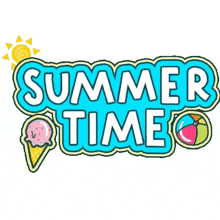
Take the Quiz: Build Your Dream Summer Day and We'll Tell You What Summer Vibe You're Giving
From sunrises to sunsets, your summer choices say a lot about you. Plan your perfect summer day and discover what energy you give off!
What is the history of solar eclipses?
Ancient civilizations such as Ancient Greece, Babylon, and the empires of Ancient China had recorded solar eclipses long before modern techniques and devices existed, hence the diverse range of superstitions, myths, legends, and tales told over time. In Ancient Greece, a philosopher by the name of Anaxagoras suggested that the eclipse was caused by a “fiery-red rock”, which we now, of course, know as the sun. The oldest solar eclipse ever recorded was estimated to be on November 30, 3340 B.C.E, according to the official science.nasa.gov website, but different sources state differently, as it can be hard to presume the exact date.
What are the superstitions and cultural deceptions of solar eclipses?
Multiple cultures believe eclipses to have supernatural causes. The most common is that a solar eclipse is a bad omen, a sign of impending doom or negative events, or bad luck. Various cultures around the world feature eclipses in their tales and stories, most involving mythical creatures, religious figures, and deities causing solar eclipses.
In China, etchings found in Anyang portrayed solar eclipses as dragons attacking and devouring the sun. Ancient Greeks believed that the solar eclipse was a sign that the gods were angry at the king. Many cultures seem to have a sort of animal involved in their stories. Choctaws, a Native American group of people, have a legend called the “Fvni Lusa” which tells the tale of a black squirrel chowing down on the sun. In Vietnam, they have a tale of a giant frog consuming the sun. In ancient China, it has been said that a dragon eats the sun. The Chinese word for “eclipse” is “shí”, which stems from the word chī”, meaning “eat”, and is originally from the legend of the dragon eating the sun!
What are the different eclipses?
A total solar eclipse is exactly what it sounds like. The moon completely covers the sun, resulting in a short period of darkness, sometimes with a little light shining out from behind the moon, usually lasting only a few minutes. This is known as totality. Total solar eclipses are uncommon and can only be seen from certain areas of the Earth.

Image credit: Ella Wei from Pexels
A partial solar eclipse is when the moon partially covers the sun but not completely. This can be recognized by the moon giving a “blackout” effect, covering the sun and causing the sun to create a crescent-like shape in the sky. These solar eclipses are more visible in more areas of the Earth and are more common than total and annular eclipses. Partial solar eclipses happen when the moon passes between the Earth and the sun, but the moon, sun, and Earth are not perfectly lined up.

Image credit: Kássia Melo from Pexels
An annular solar eclipse is the name of that which people seem to forget about the most. This occurs when the moon covers the sun's center, leaving a sliver around the edges of the moon, making it appear like a ring of light. This occurs when the moon is at a more distant point from the Earth and appears smaller than it would at a partial or total solar eclipse, so it doesn't cover the sun as much. Annular solar eclipses are also rarer and can only be seen from certain areas of the Earth.
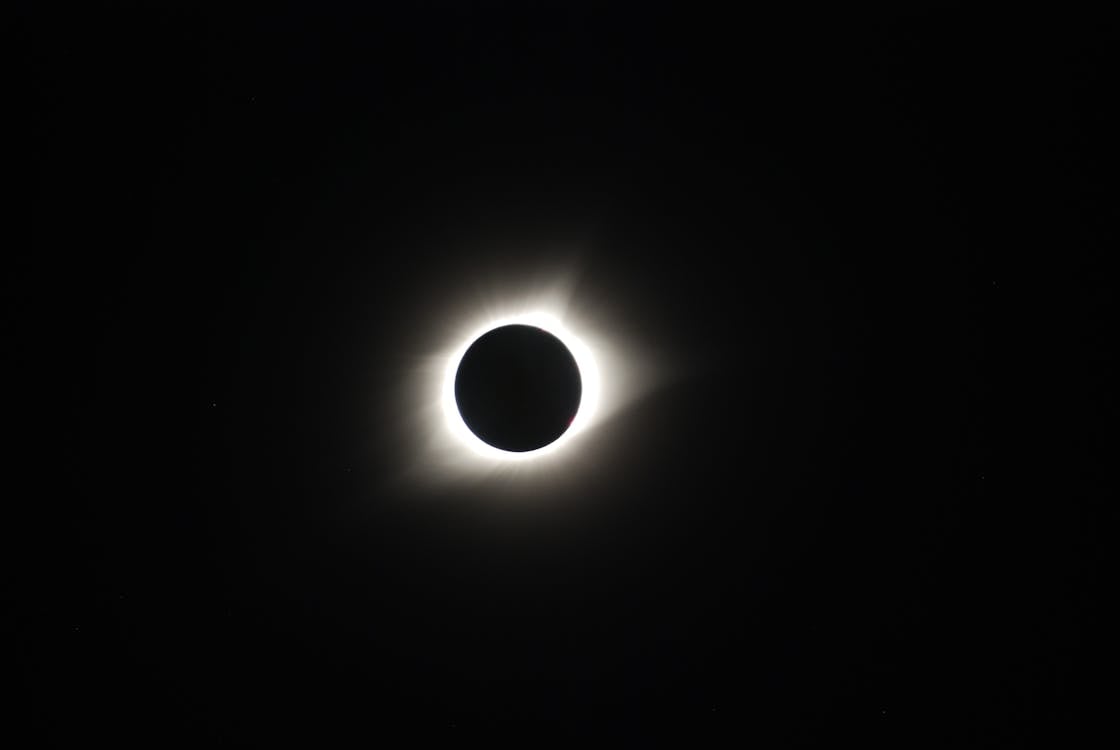
Image credit: Elizabeth Olson from Pexels
How can I look at the eclipse?
Maybe if you were at school or out with friends and family, someone might have given you a pair of glasses (which, in my opinion, kind of resemble 3D movie theatre glasses!) or a handheld card to use to look through the solar eclipse. Many tools exist for you to use to look at the eclipse, which have been created with caution and research from telescope specialists and space research centers to ensure safety when using these tools. Solar eclipse glasses and handheld solar viewers are both tools that you can purchase to experience the solar eclipse. Additionally, you can use a pinhole projector or a telescope with a solar filter to see it without damaging your eyes.
Why is looking at an eclipse dangerous, and what are the hazards?
You might believe that because the sun is mostly covered, there isn't any risk in looking at the sun. This is untrue most of the time, as the brightness from the sun is harmful to your eyes, and there could potentially still be enough sunlight to damage your eyes. This is due to the emission of UV (ultraviolet) radiation, which can damage the cells in your eyes and may even lead to potential blindness.
It's no secret that UV has been proven countless times to be damaging, which is why it's important to apply sunscreen during very hot and bright weather. But it isn't the heat that you should be worrying about; it's the UV. If the UV is too strong, it can lead to damaged cells, which may result in skin cancer. So think of your eyes in the same way: if you don't take the precautions to protect your eyes, the damage could be unfortunate. Make sure you know how you're supposed to use the tools before looking directly at the sun. There are also many homemade ways to make solar eclipse glasses, but they aren't recommended unless you have the necessary materials.
How do solar eclipse glasses work?
They must have a special filter that blocks out most of the sunlight. Due to the brightness of the sun, you'll still be able to see the eclipse just fine; in fact, the glasses give you an even better view as they block out a lot of the surroundings as well. The thin film on the glasses is made of solar filters.
High-quality solar glasses must reach a certain safety standard to ensure that they are completely safe to block out harmful UV rays from the eyes. It is also strongly suggested that you purchase solar glasses from a company or store that's on the AAS list of safe suppliers and that they meet the ISO 12312-2 safety standard. Furthermore, if you're reusing glasses or borrowing them from a friend, make sure they aren't loose, ripped, or have scratched lenses. Even if you do not notice the difference, the UV will still be damaging, as the main hazard is the UV coming in contact with your eyes rather than direct brightness emitted from the sun.
I've read about the recent solar eclipse in North America; I haven't seen it myself as I'm not in that area, so if anyone's seen it, let me know how it was!



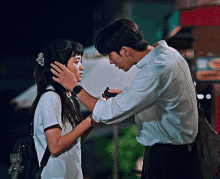
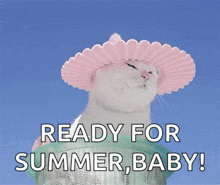
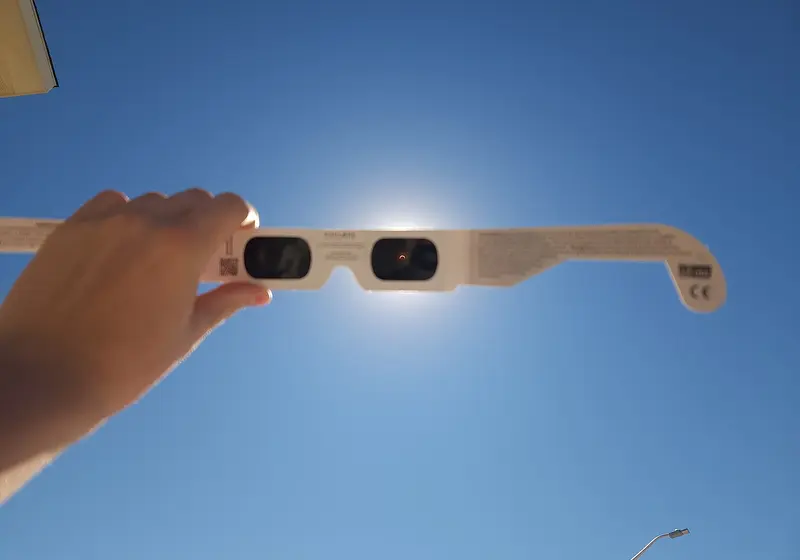
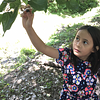








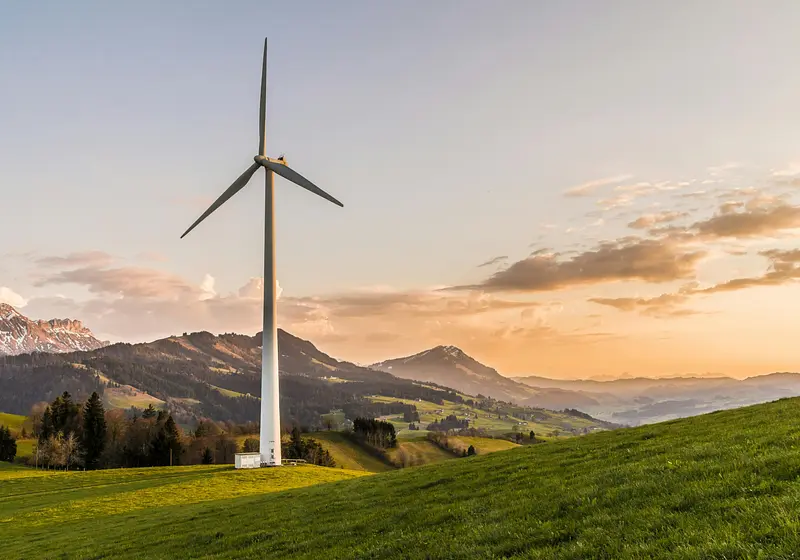
.jpg)